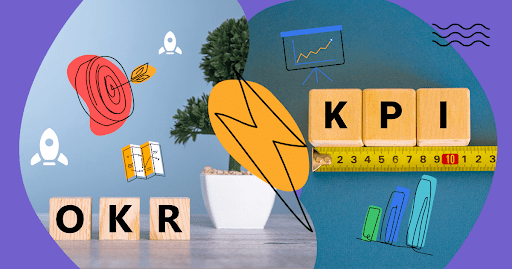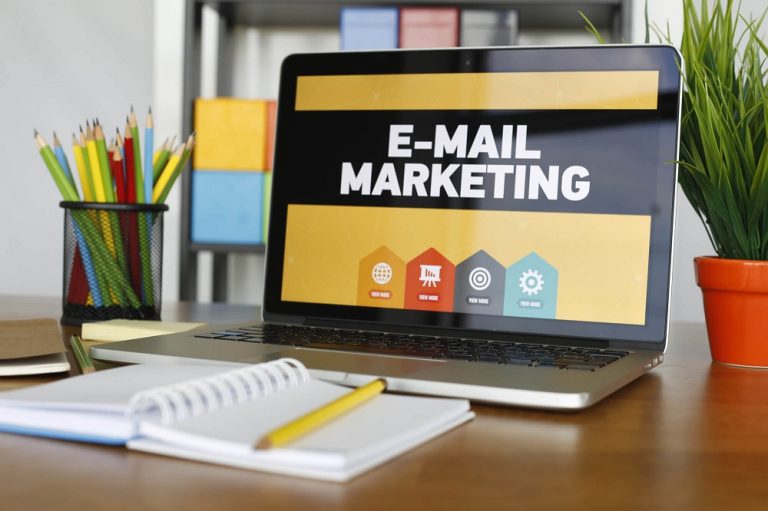In the fast-paced and ever-evolving landscape of the 21st century, businesses are constantly looking for ways to stay ahead of the curve. One of the most significant developments in recent years has been the rise of education technology (EdTech), which is no longer confined solely to classrooms and academic institutions. Today, businesses of all sizes and industries are integrating EdTech tools into their operations to enhance employee learning, improve training programs, and foster continuous professional development. For modern businesses aiming to maintain a competitive edge, understanding and leveraging education technology has become crucial. This article explores the intersection of education technology and modern business practices, examining its impact, benefits, and the tools that can help businesses optimize their workforce.
What is Education Technology for Businesses?
Education technology, or EdTech, refers to the use of digital tools and platforms to facilitate learning and development. While traditionally associated with K-12 schools and universities, EdTech has increasingly become a vital component in corporate training and employee development strategies. For businesses, EdTech includes any technology that aids in teaching, upskilling, and reskilling employees to meet the ever-changing demands of the modern workplace.
Unlike traditional training methods, which often involve static content and in-person workshops, EdTech provides a dynamic and engaging way for employees to acquire new skills, knowledge, and competencies. The rise of online learning platforms, interactive software, and collaborative tools has revolutionized the way businesses approach employee training and professional development.
The Role of Education Technology in Modern Business
The modern business environment is characterized by rapid change, especially in terms of technological advancements. Companies are increasingly focused on staying adaptable and agile in the face of digital transformation. Education technology is a key driver of this agility, offering businesses a scalable and efficient way to upskill and reskill their workforce.
Here are several key roles that EdTech plays in modern business:
-
Enhancing Employee Training and Development
Training is essential for any business, but traditional methods can be time-consuming, costly, and ineffective. EdTech allows businesses to offer customized, self-paced learning programs that employees can engage with on their own time. E-learning platforms and Learning Management Systems (LMS) such as Coursera, Udemy, and LinkedIn Learning enable businesses to provide tailored courses for employees based on their specific needs, job roles, and career goals.
Moreover, EdTech tools like virtual reality (VR) and augmented reality (AR) offer immersive, hands-on training experiences that simulate real-world scenarios. For example, VR training modules can allow employees to practice skills like machinery operation, medical procedures, or customer service in a risk-free environment. These technologies not only improve the quality of training but also reduce the logistical and financial costs associated with traditional training methods.
-
Improving Employee Engagement and Retention
In a competitive labor market, employee engagement is key to retaining top talent. Studies have shown that employees who have access to continuous learning opportunities are more likely to stay with a company. EdTech can be instrumental in improving engagement by offering employees interactive and flexible learning options. Gamified learning platforms, for instance, allow employees to engage with training content in a more enjoyable and motivating way, boosting both participation and retention of information.
Furthermore, personalized learning experiences that use artificial intelligence (AI) and machine learning (ML) algorithms can assess individual learning styles, providing tailored content and recommendations that make employees feel valued. This approach not only enhances skill development but also reinforces the company’s commitment to employee growth, leading to higher levels of job satisfaction and loyalty.
-
Facilitating Remote Learning and Flexibility
The COVID-19 pandemic dramatically changed the way businesses operate, with many shifting to remote or hybrid work models. As more companies embrace flexible work arrangements, the need for robust remote training solutions has grown. Education technology has proven to be a powerful tool for remote learning, providing employees with the flexibility to access training materials from anywhere, at any time.
Tools like Zoom, Microsoft Teams, and Google Meet facilitate virtual classrooms and collaborative learning environments, while asynchronous learning platforms enable employees to learn on their own schedule. This flexibility is not only essential for remote teams but also for employees in different time zones or those who may have other commitments, such as caregiving responsibilities. In this sense, EdTech supports a culture of continuous learning and ensures that employees can keep up with the fast-paced business environment, regardless of their location.
-
Supporting Data-Driven Decision Making
One of the most significant advantages of using EdTech in business is the ability to track and measure employee performance and learning progress. Learning management systems and other educational tools collect valuable data on how employees are engaging with training content, what skills they’ve acquired, and where they may need further development. This data enables businesses to make more informed decisions about their training programs and better allocate resources where they are needed.
For example, if a company identifies that a certain group of employees is struggling with a particular skill set, they can adjust training modules to address this gap or offer additional support. By using data analytics, businesses can optimize their training programs and ensure that employees are developing the skills that are most critical to the company’s goals.
-
Fostering a Culture of Lifelong Learning
In the modern business world, the need for continuous learning is more pressing than ever. As industries evolve, so too must the skills of the workforce. EdTech tools can help foster a culture of lifelong learning within a company by making learning more accessible and appealing. Whether it’s through providing employees with the latest industry certifications or encouraging them to take part in self-improvement courses, companies can create an environment where learning is ongoing and valued.
Startups and small businesses, in particular, can benefit from this by enabling employees to gain a wide range of skills that allow them to contribute to different areas of the company. This can also support innovation and problem-solving by encouraging employees to think creatively and continuously enhance their expertise.
Key EdTech Tools for Modern Businesses
As businesses embrace education technology, they have a variety of tools at their disposal to meet their specific training and development needs. Some of the most popular EdTech tools for businesses include:
-
Learning Management Systems (LMS): These platforms, such as Moodle, TalentLMS, and Docebo, allow businesses to manage and track employee training. LMSs provide centralized access to training content, assessments, and progress tracking, making it easy for employers to oversee employee development.
-
E-Learning Platforms: Platforms like Coursera, Udemy, and LinkedIn Learning offer a wide range of online courses and certifications. These platforms enable businesses to provide employees with access to high-quality learning resources on a variety of topics, from leadership to technical skills.
-
Collaborative Tools: Tools like Slack, Microsoft Teams, and Trello promote communication and teamwork, allowing employees to collaborate on projects and share resources easily. These tools also enable businesses to organize virtual workshops and training sessions.
-
Artificial Intelligence and Machine Learning: AI-powered tools, such as EdApp, use algorithms to personalize learning paths for individual employees, ensuring that each person receives the training they need based on their current knowledge and skill level.
-
Gamified Learning Platforms: Platforms like Kahoot! and Classcraft use game mechanics to make learning more engaging and fun. These platforms encourage competition and reward employees for completing training milestones, enhancing motivation.
-
Virtual and Augmented Reality: VR and AR are gaining popularity in industries such as healthcare, manufacturing, and retail. These technologies enable employees to simulate real-life scenarios and practice skills in a controlled, immersive environment.
Conclusion
Education technology has emerged as a cornerstone for modern businesses looking to stay competitive, agile, and innovative. By embracing EdTech, companies can enhance employee training, increase engagement, and foster a culture of continuous learning. Whether through personalized learning experiences, remote training solutions, or immersive technologies like VR and AR, EdTech offers businesses a wide range of tools to improve their workforce’s skills and overall performance. As businesses continue to navigate an increasingly digital and dynamic landscape, leveraging education technology will be key to their long-term success and growth. In the future, businesses that prioritize learning and development through EdTech will be better equipped to meet the challenges of an ever-changing business environment.












